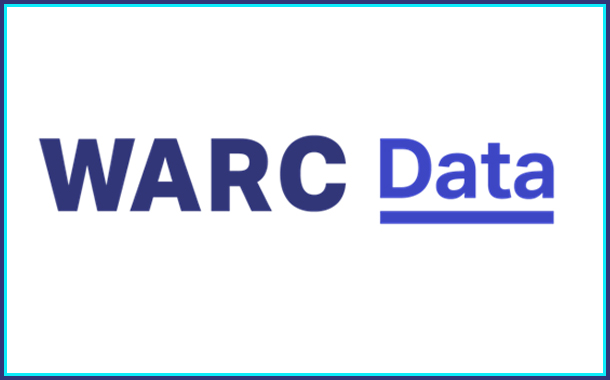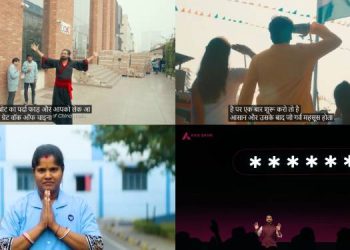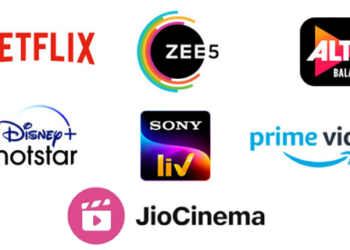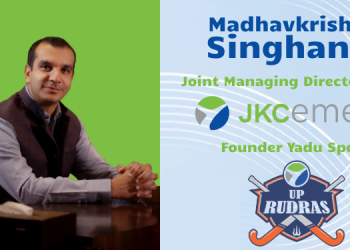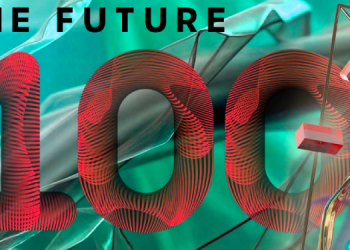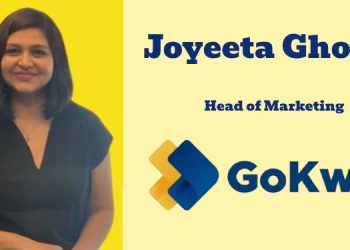Mumbai:–Advertisers are expected to spend a combined $66bn on sponsorship this year, though fewer than one in five are confident that they can actually measure the business value return of the sponsorships they undertake.
These and other key findings are included in the latest monthly Global Ad Trends report focusing on sponsorship compiled by WARC, the international authority on advertising and media effectiveness.
Sponsorship growth is trending ahead of most paid media, and $66bn is expected to be invested this year – mostly on sports properties
Brand spend on sponsorship – inclusive of rights but excluding activation– is expected to rise 4.9% to reach $65.8bn worldwide this year. Sponsorship is growing faster than all paid media channels excluding internet formats.
North America makes up the greatest share of spend (36.8%, or $24.2bn), followed by Europe (26.7% or $17.6bn), Asia-Pacific (25.2% or $16.6bn), Latin America (7.0% or $4.6bn), and then the Middle East & Africa (4.3% or $2.8bn).
Most of this money is going to sports properties.Among these are the FIFA World Cup in Russia, which is thought to have attracted $1.7bn worth of deals. At a time of fragmentation, sport offers large, engaged, multiscreen audiences: by volume of data, the 2018 FIFA World Cup was the most-streamed sporting event in history. TV is still king for live sporting events, with World Cup matches reaching44% of the global populationvia television.
Sponsorships are principally used to drive brand metrics and reach
Generating brand awareness is the most important objective for sponsorship campaigns. This mirrors separate WARC research inthis year’s WARC 100 that found 61% of successful campaigns counted brand awareness as a core objective.This suggests sponsorship plays the same role as mass-reach media, fitting into the ‘upper-funnel’ of a marketing plan (generating awareness and consideration).
Sponsors rely on intermediate metrics; true ROI remains a challenge
Only 19% of sponsorship professionals are confident that they can actually measure the business value return of the sponsorships they undertake. Further, only 37% of practitioners have a standardised process for measuring sponsorship.
The top two named tools used for evaluation are digital and social media metrics. However, the Association of National Advertisers (ANA) states that social media metrics often provide a “distracting noise” due to their weak relationship to sales.
Social Media and live events power sponsorship activation
Social is considered the number one activation channel for sponsorships by 83% of marketers.However, the prevailing sentiment is that authentic engagement of sponsorship, through digital and social activation, remains a challenge.
Possibly by way of remedy, the share of marketers activating sponsorships through experiential live events has risen to two-thirds (65%) over the last year.
Summing up, James McDonald, Data Editor, WARC, says: “As brands continue to jostle for a finite amount of consumer attention, the changing way in which media is consumed has led to the fragmentation of audiences. Yet sports generate an engaged, mass audience which sponsors can reach, before amplifying their campaigns via social media and experiential events.
“Sponsorships facilitate the upper part of the sales funnel – driving brand awareness and consideration – in much the same way as TV. This can present challenges, however, such as the knowledge gap between brand impact and sales impact.”
Global media analysis: A round-up of sponsorship
- 9%forecast rise in sponsorship spend this year, outpacing the majority of paid media
- 19%of practitioners who say they can confidently measure the ROI of their sponsorship campaigns
- 39%of Russia World Cup sponsorship deals originating in Asia
- 44%reach of global population for both the FIFA World Cup and Olympic Games
- 73%of advertisers stating that brand awareness is the most important objective for sponsorship campaigns
- 83% of marketers who use social media to amplify sponsorship campaigns
Other new key media intelligence on WARC Data
- Advertisers to spend over $20bn on consumer data this year
- Blockchain adoption is low, though over half of advertisers intend to use in future
- Word of mouth most popular way to discover new video content
- Over a third of UK adults have access to a connected TV
Global Ad Trends is part of WARC Data, a dedicated online service featuring current advertising benchmarks, data points, ad trends and user-generated expanded databases.
Aimed at media and brand owners, market analysts, media, advertising and research agencies as well as academics, WARC Data provides current advertising and media information,hard facts and figures – essential market intelligence for adindustry related business, strategy and planning required in any decision making process.
WARC Data is available by subscription only. For more information visit https://www.warc.com/data

